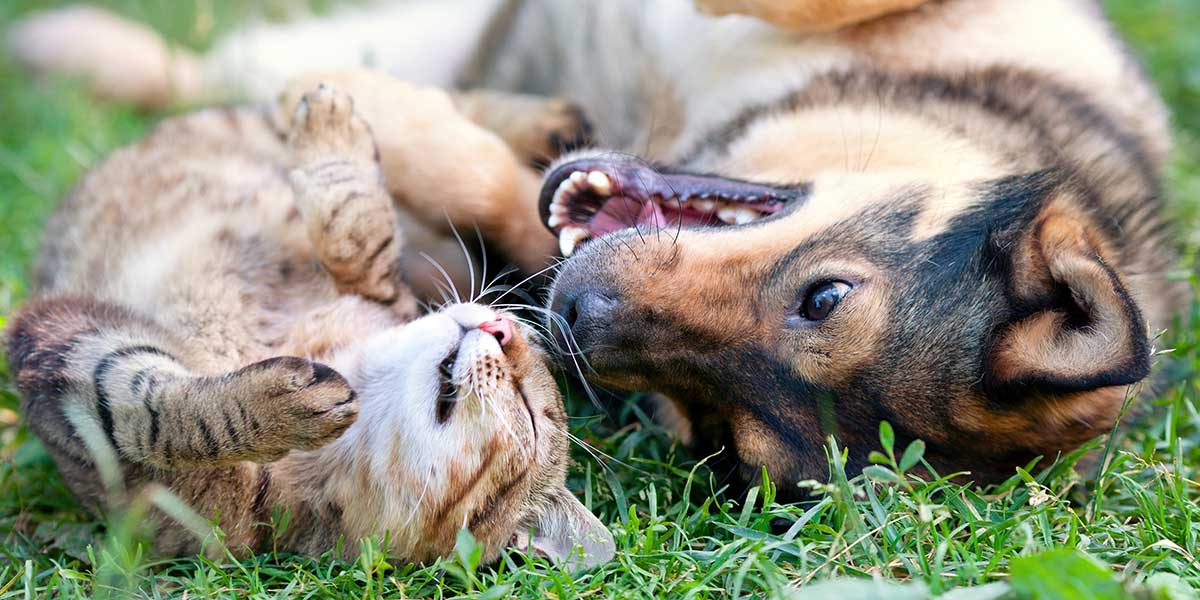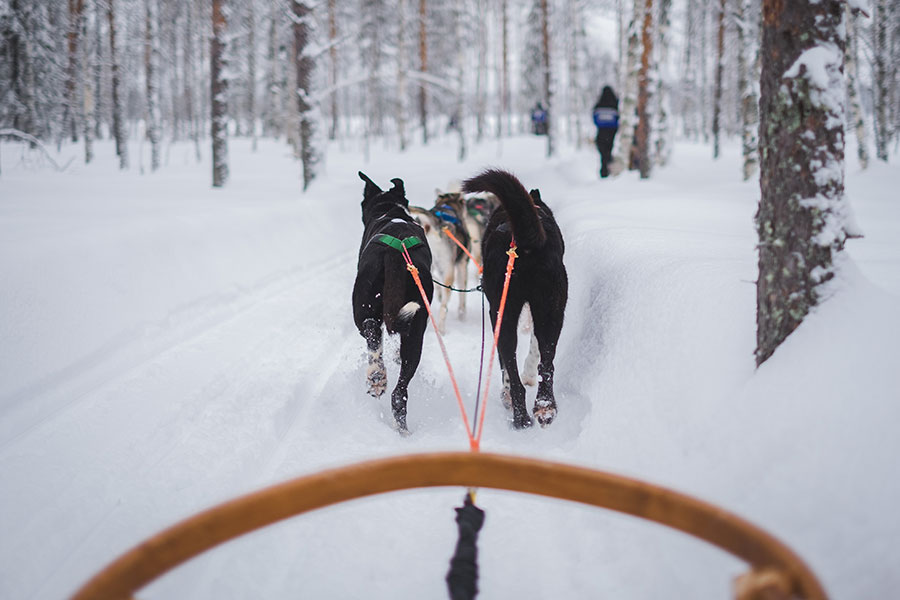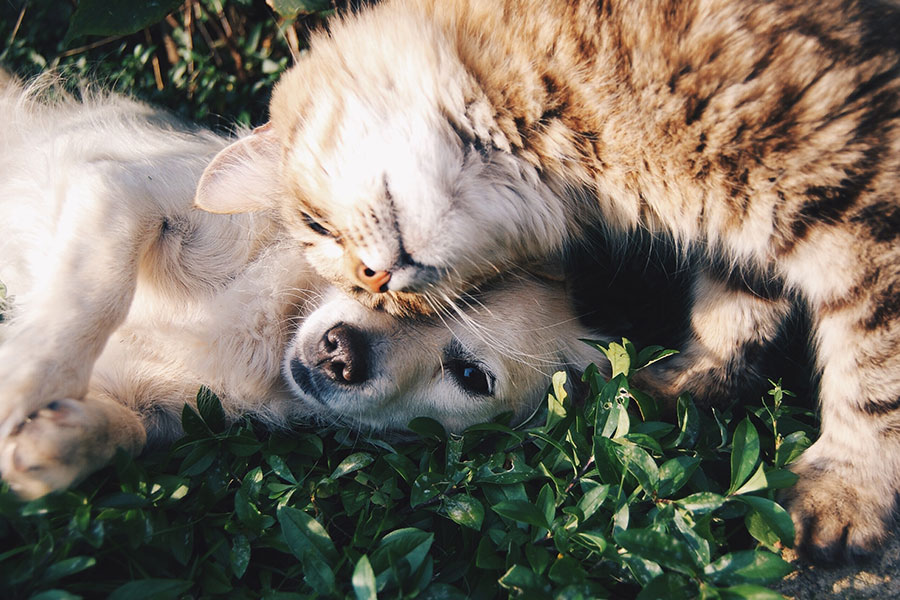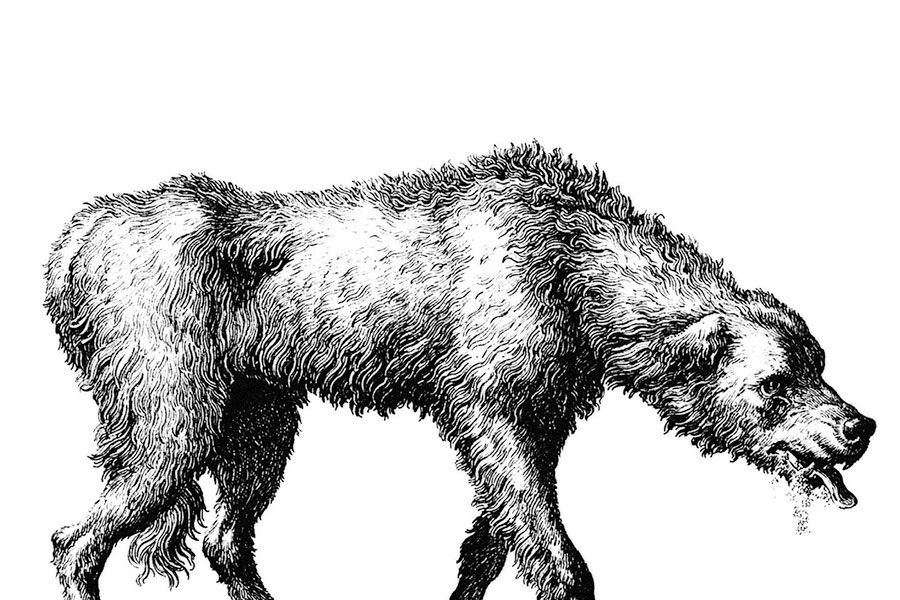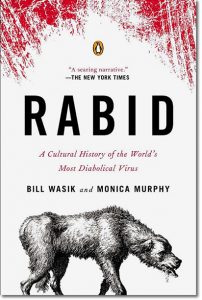When people think of animals of the canine variety, most of us instinctively picture them in their common role of serving “merely” as household pets: that is, boon companions to us and our kids, if not full-fledged members of the family.
Yet thousands of years before domesticated dogs took on this role within the home, evolutionary biology had already forged a unique bond between animal and human in which the quadruped also served as helpmate and acolyte to its bipedal comrade. Such dogs (depending on their breed) boasted qualities of speed, strength, endurance, resistance to cold, proficiency in swimming, high intelligence, receptivity to commands, sharp eyesight, acute hearing, and/or superior sense of smell that allowed them to perform tasks on our behalf—but to the dog’s mutual benefit—for which people were not naturally well suited. For that reason, certain dog breeds continue to this day to work alongside us in a variety of key areas, not as pets but as collaborators.
In honor of this coming Labor Day weekend, we at Ketchum Mfg. Co. pay homage to those working dogs who do the jobs we can’t do, make our own daily work easier, and ofttimes even save our lives. Continue reading “Labor Day Dogs”
